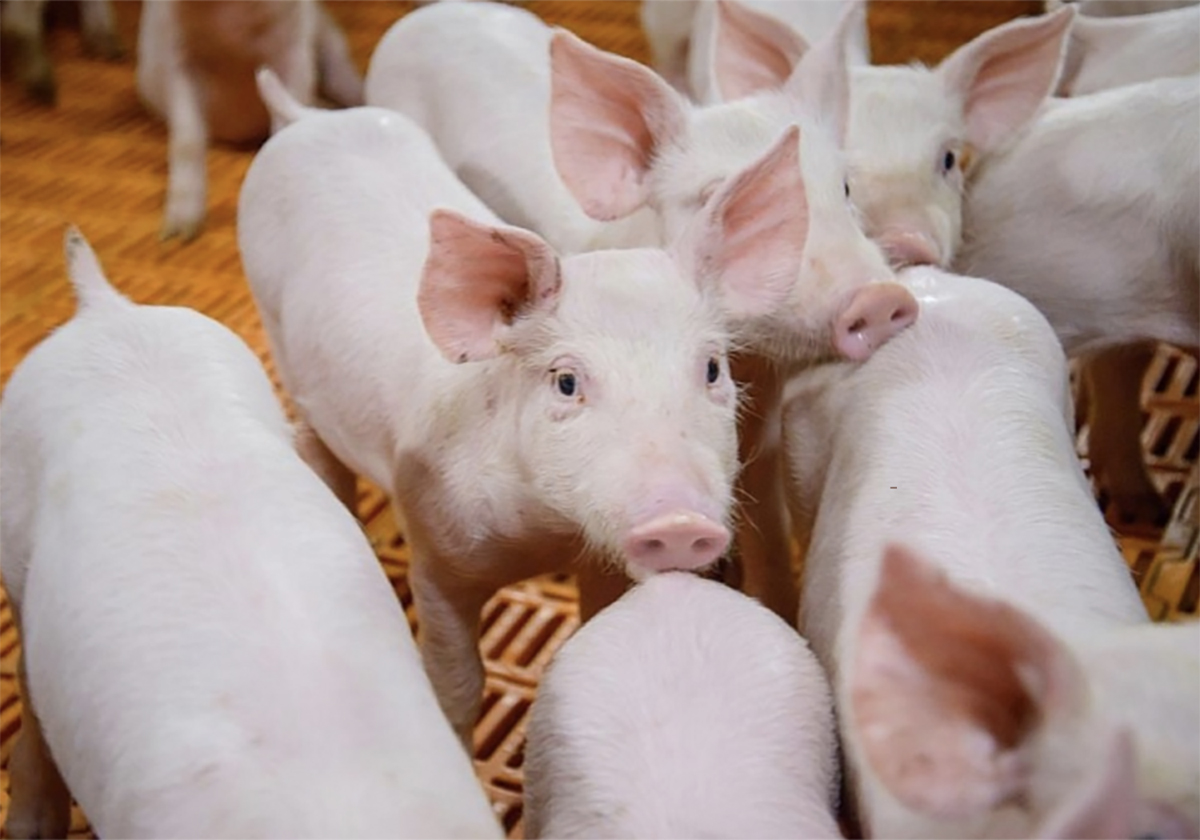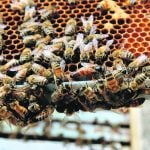Owners of the first Alberta feedlot to apply for expansion under new provincial guidelines continue to fight for approval after more than three years.
The AAA Cattle Co. east of Didsbury has submitted applications and faced review boards and the Alberta court of appeal in its quest to build an 18,000 head feedlot.
On Feb. 17, the Natural Resources Conservation Board granted the company a conditional stay that allows the feedlot to keep 5,261 head and to keep pens or other new facilities built since 2003.
The decision means the company will not have to comply with an enforcement order issued last November when the Court of Appeal overturned the original board decision to allow the operation to expand.
Read Also

The Western Producer Livestock Report – August 28, 2025
Western Producer Livestock Report for August 28, 2025. See U.S. & Canadian hog prices, Canadian bison & lamb market data and sales insights.
The original application for the expansion to 18,000 head is being submitted again in a 400 page document.
In an interview, owner Simon Cobban said he needs 8,700 head to break even and he is losing money at only 30 percent occupancy.
“We are in full compliance with AOPA (Agricultural Operations Practices Act) and there is absolutely no reason why we shouldn’t get our approval back,” he said.
The first application was in January 2002 and the board denied the company’s application in November of the same year.
According to the NRCB written decision, the major concern was the ability of the proposed liner for the feedlot catch basin to meet environmental requirements.
Cobban appealed and received approval to build in July 2003. The board ruled the company met or exceeded technical requirements of the agricultural practices act.
The company proceeded to build but the Nov. 8 court decision said the company failed to comply with the act. The court ordered that new pens be removed along with the cattle until only 2,500 animals remained.
“Customers are a little bit leery of putting cattle in with us,” Cobban said, expressing frustration with the procedures.
“I haven’t managed to peg a dollar figure on how much we have actually lost by not being able to operate.”
Rients Paulsma, chair of the Alberta intensive livestock working group, said it is an example of a system gone wrong.
He said producers are nervous about the procedure and many have stopped applications halfway through the system or have avoided building.
“There is a fear of the unknown,” he said.
The act was amended last year to clarify some clauses but more work is needed, said Paulsma.
“We still have to do some cleaning up of the act. It seems five lawyers from Alberta Agriculture and the livestock council can’t agree what it means.”
Paulsma believes regulations for the oil and gas industry are more practical and applicable.
The energy industry uses a risk assessment basis to solve problems whereas agriculture has been asked for zero impact to the environment. Agriculture needs the same assessment since zero impact cannot be achieved.
Ron Axelson of Alberta Cattle Feeders said beef, dairy, poultry and swine producers have complained about the NRCB performance and flaws in the act.
“Serious problems persist with NRCB’s delivery of the regulatory framework,” said Axelson.
Complaints have been heard about inconsistencies and additional conditions being added to engineers’ designs before approval is granted.
In addition, producers have complained of long delays, excessive costs, confusion over what the NRCB wants, as well as a lack of help in working through the requirements.
A decision to launch a province-wide audit to review development permits placed on operations when they were first built worries producers.
NRCB officers will inspect farms to ensure they operate within their permit levels and conditions.
Bill Kennedy of the NRCB said in the last three years 150 approvals, authorizations and registrations have been granted. The board is aware of complaints in the countryside.
“It seems some of these concerns are not specific or they are overstated,” he said.
The board also expected the professional engineers and other science based groups to provide more help to producers in developing sound applications.
“We haven’t seen as much support to assist the livestock sector as we expected,” Kennedy said.
As for inconsistencies in the approval process, the board does not tell local field staff what decisions to make when reviewing applications. If the producer, neighbours or municipalities are dissatisfied, they may appeal to the board for a review.
“We might have 10-15 reviews a year where perhaps half of those situations the operator doesn’t like some aspect of the conditions that have been associated with the document,” Kennedy said.

















